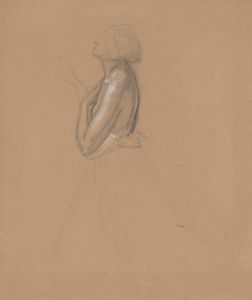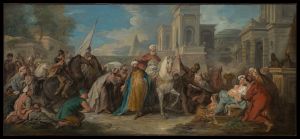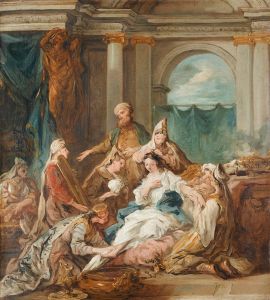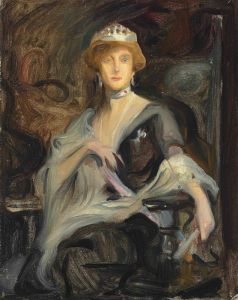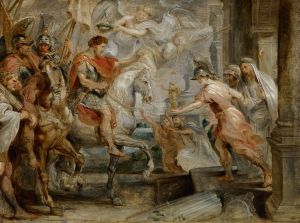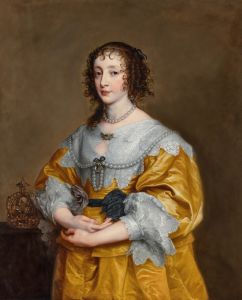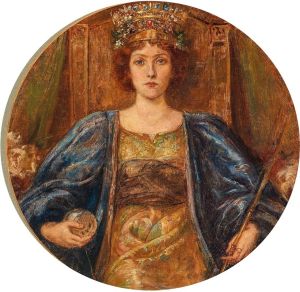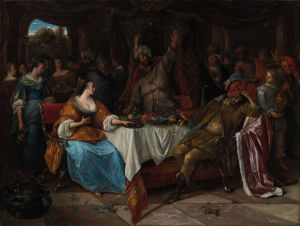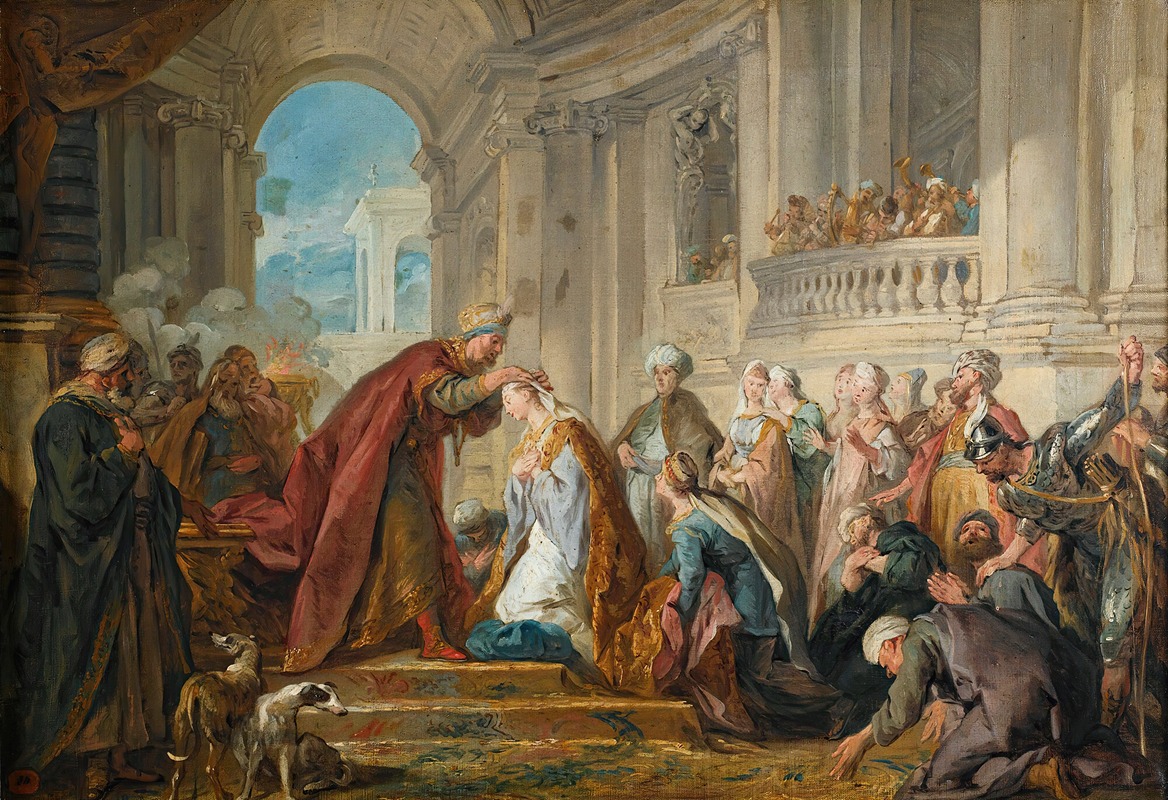
The crowning of Esther
A hand-painted replica of Jean-François de Troy’s masterpiece The crowning of Esther, meticulously crafted by professional artists to capture the true essence of the original. Each piece is created with museum-quality canvas and rare mineral pigments, carefully painted by experienced artists with delicate brushstrokes and rich, layered colors to perfectly recreate the texture of the original artwork. Unlike machine-printed reproductions, this hand-painted version brings the painting to life, infused with the artist’s emotions and skill in every stroke. Whether for personal collection or home decoration, it instantly elevates the artistic atmosphere of any space.
Jean-François de Troy's The Crowning of Esther is a notable work by the French Rococo painter, created in 1737. De Troy, known for his historical and mythological scenes as well as his contributions to tapestry design, was a prominent artist of the 18th century. This painting depicts a moment from the biblical story of Esther, a Jewish woman who becomes queen of Persia and plays a pivotal role in saving her people from persecution, as recounted in the Book of Esther in the Hebrew Bible.
The artwork illustrates the scene where Esther is crowned as queen by King Ahasuerus (commonly identified as Xerxes I). This moment symbolizes Esther's rise to power and her acceptance into the Persian royal court. De Troy's composition emphasizes the grandeur and ceremonial nature of the event, with rich details in the costumes and setting that reflect the opulence of the Rococo style. The artist's use of vibrant colors, dynamic poses, and dramatic lighting enhances the emotional impact of the scene, drawing the viewer into the narrative.
De Troy was commissioned to create this painting as part of a series of works for the Gobelins Manufactory, a prestigious tapestry workshop in France. The series depicted scenes from the life of Esther, intended to serve as models for tapestries. These tapestries were highly valued during the period and were often used to decorate royal and aristocratic residences. The Crowning of Esther exemplifies de Troy's skill in combining historical storytelling with the decorative elegance characteristic of the Rococo period.
The painting is notable for its attention to detail, particularly in the depiction of fabrics, jewelry, and architectural elements, which reflect the artist's mastery of texture and composition. The figures are arranged in a theatrical manner, with Esther positioned prominently to highlight her significance in the narrative. The work also demonstrates de Troy's ability to convey emotion and drama, capturing the solemnity and majesty of the coronation.
Today, The Crowning of Esther is recognized as an important example of Jean-François de Troy's contribution to religious and historical art. The painting is housed in the Musée des Beaux-Arts in Marseille, France, where it remains a testament to the artist's talent and the enduring appeal of the biblical story it portrays.





